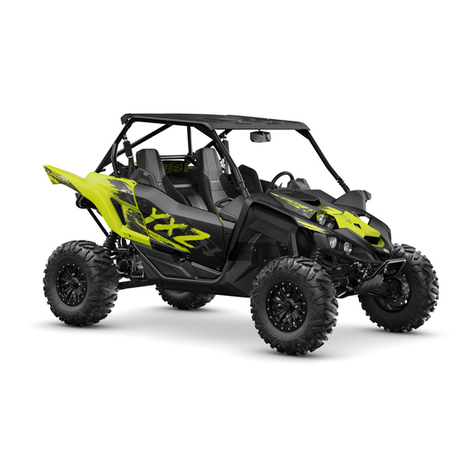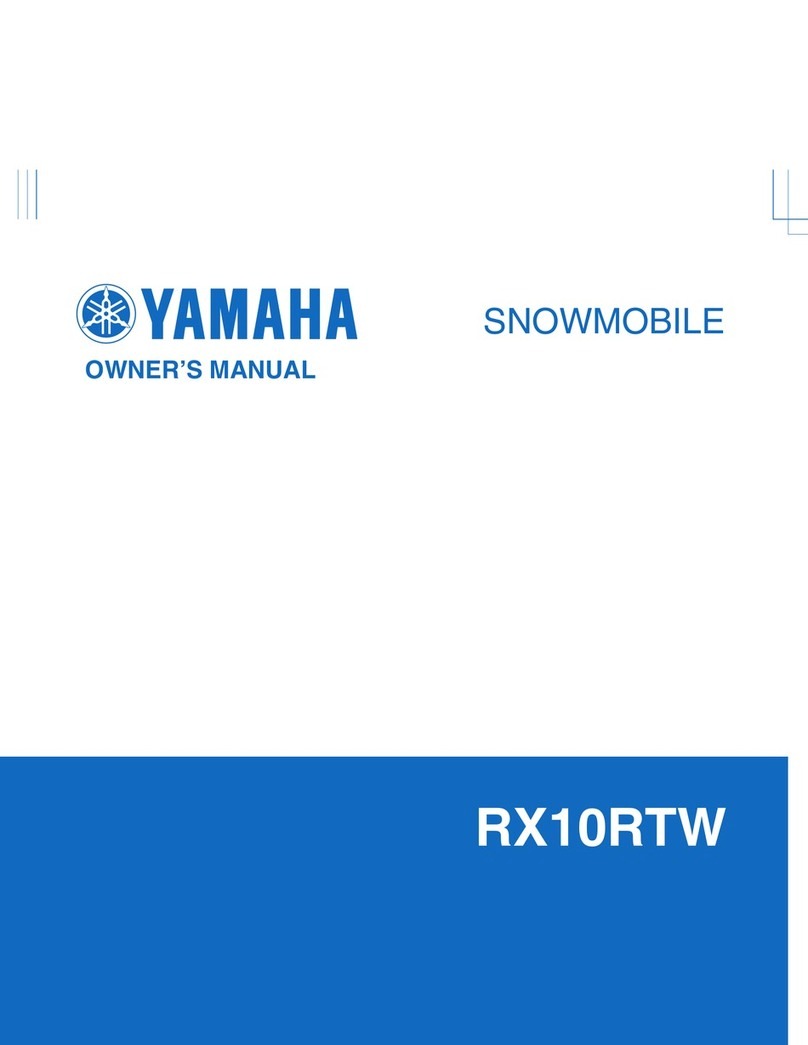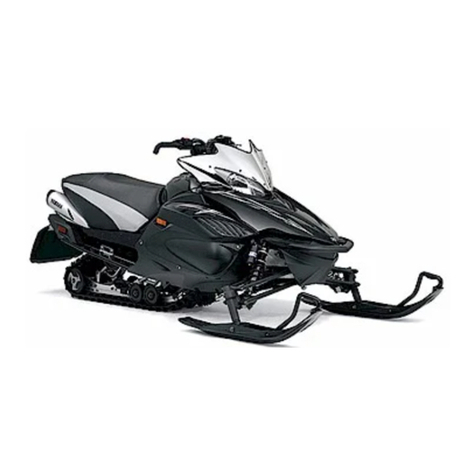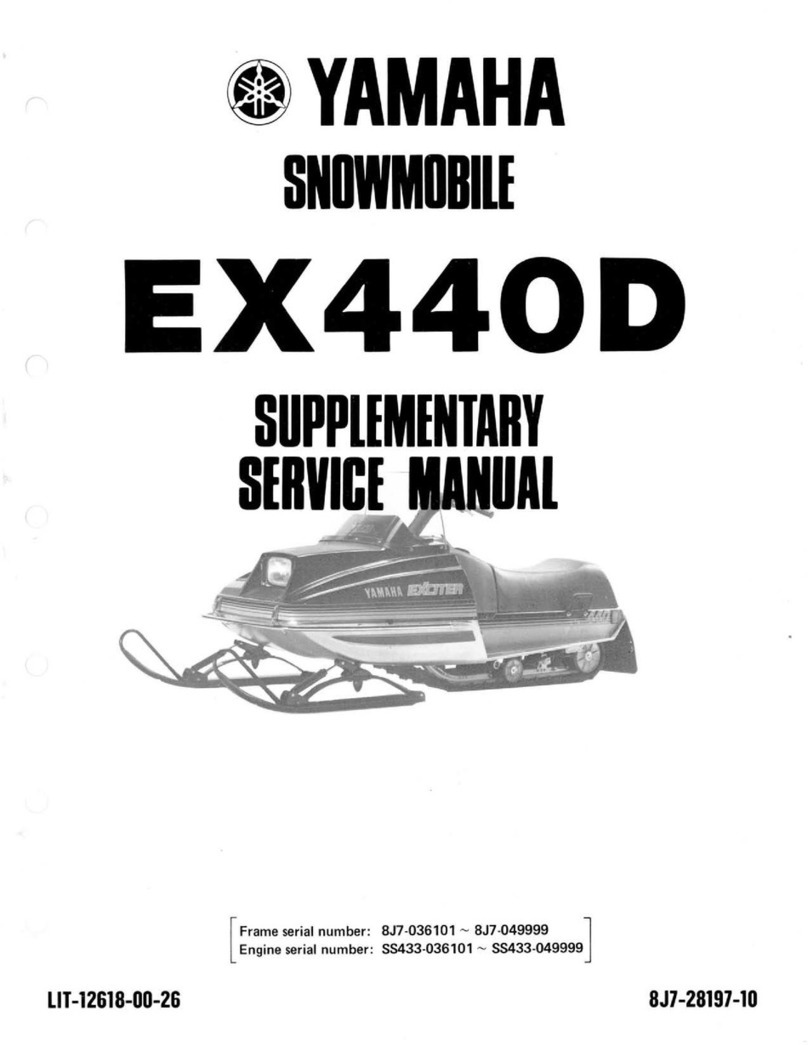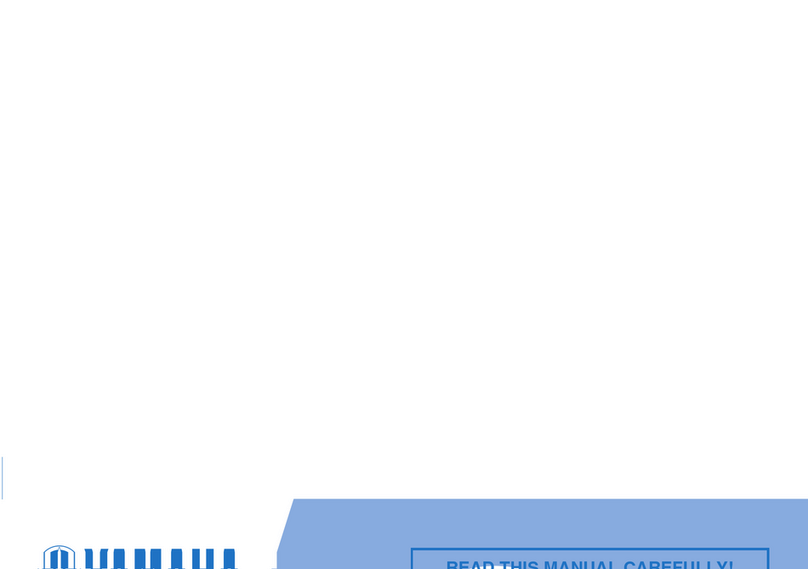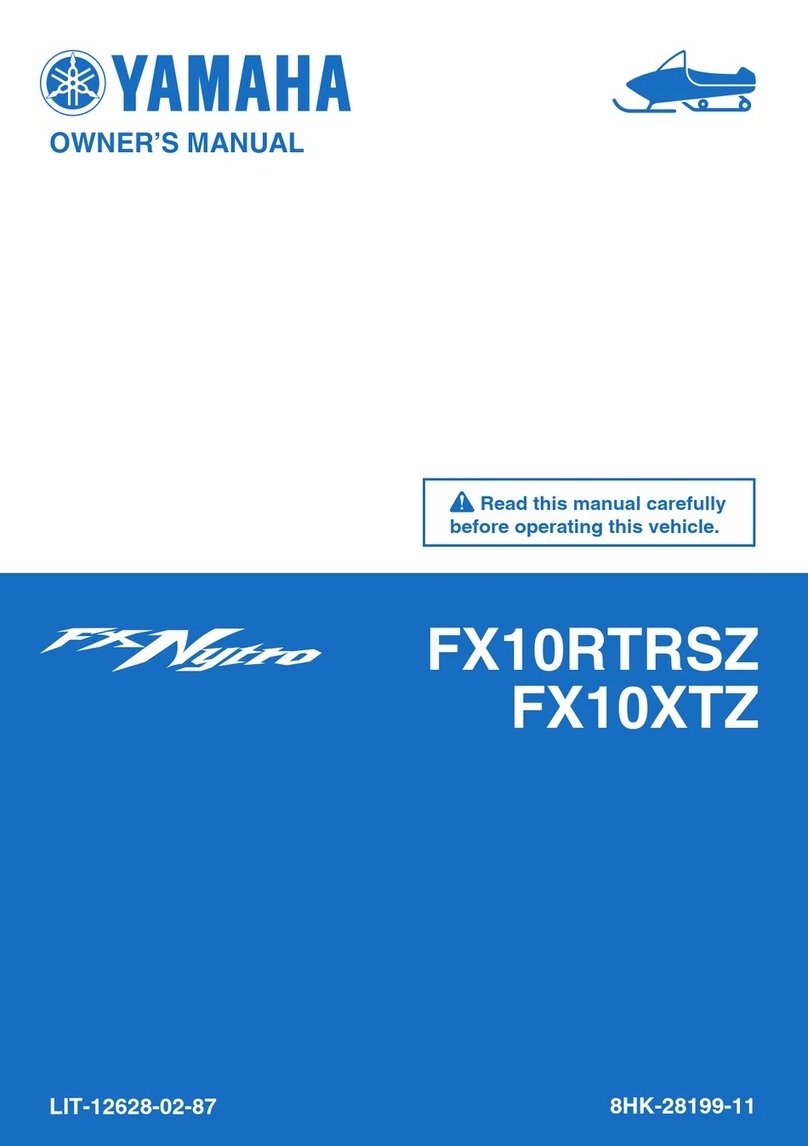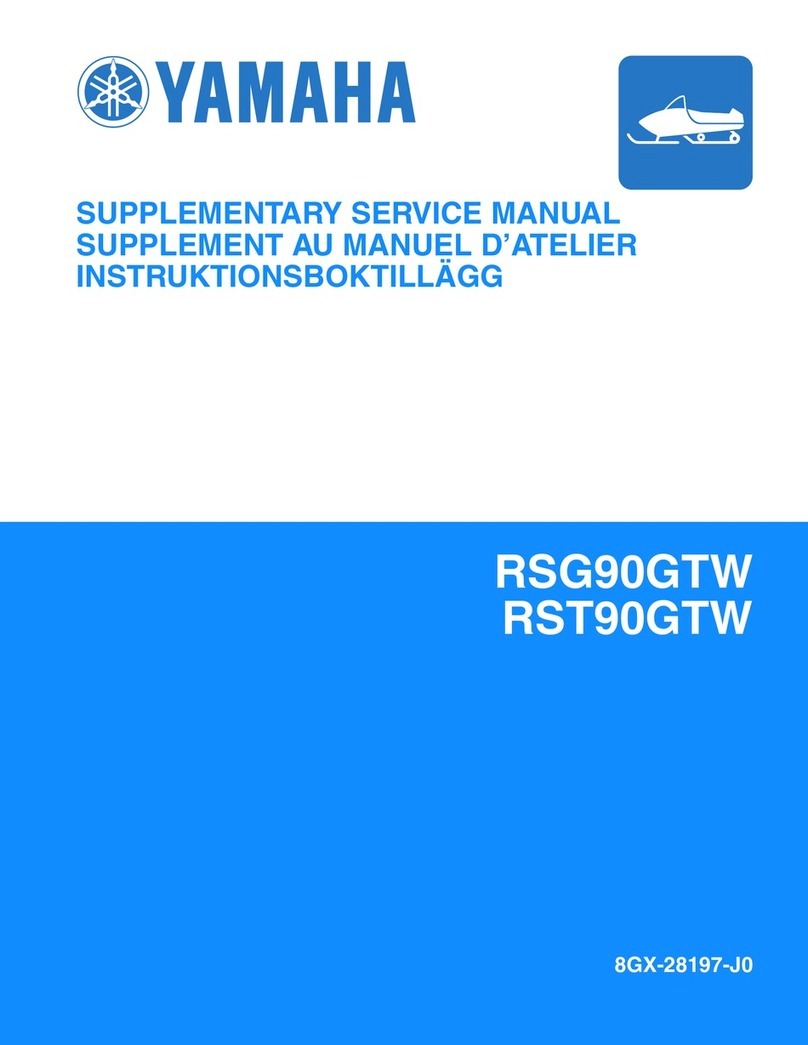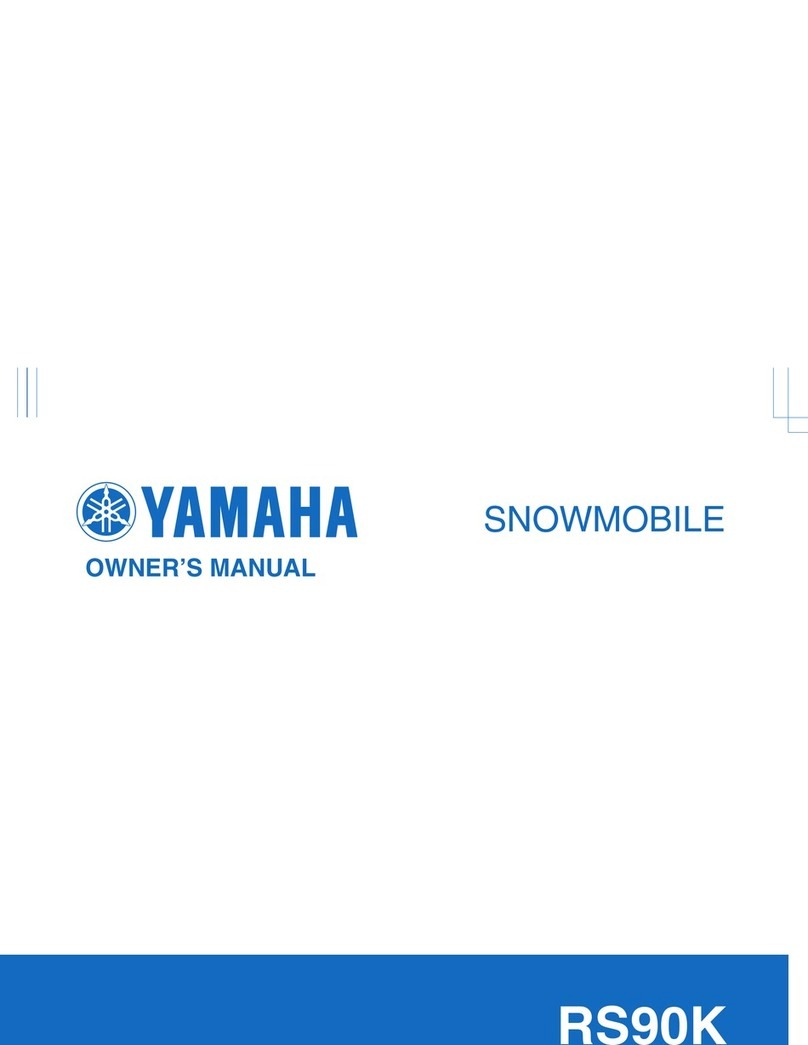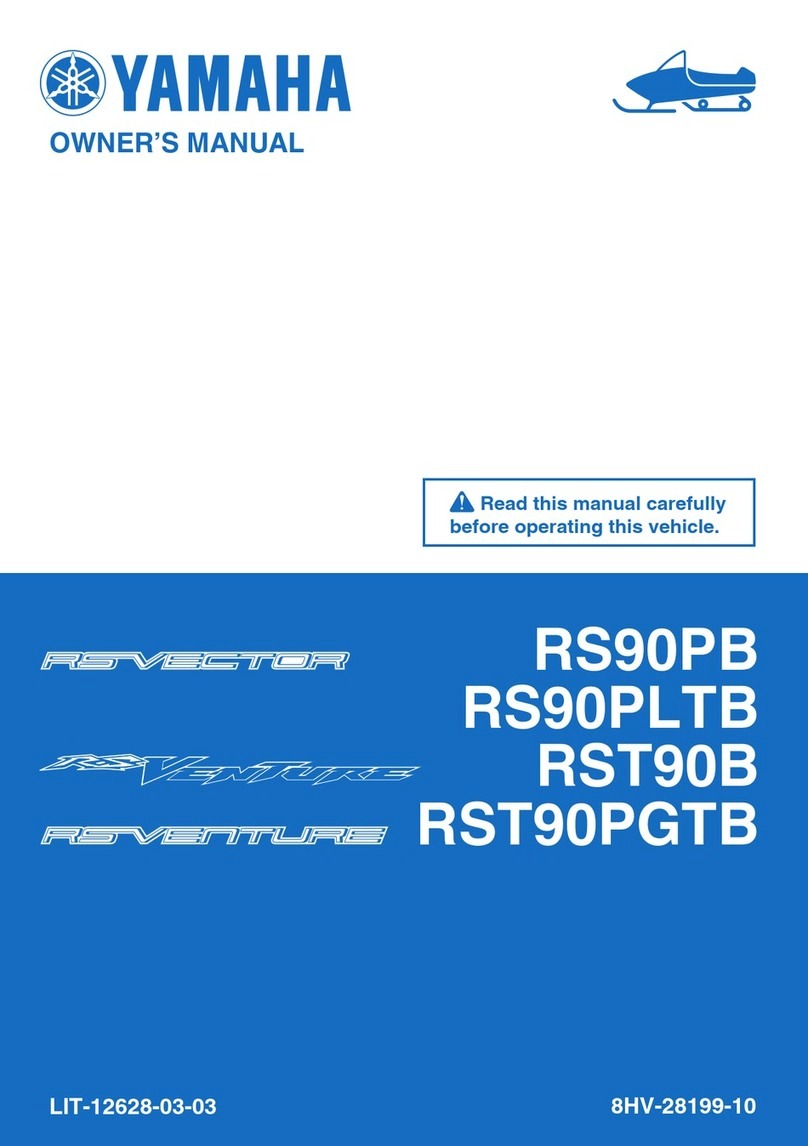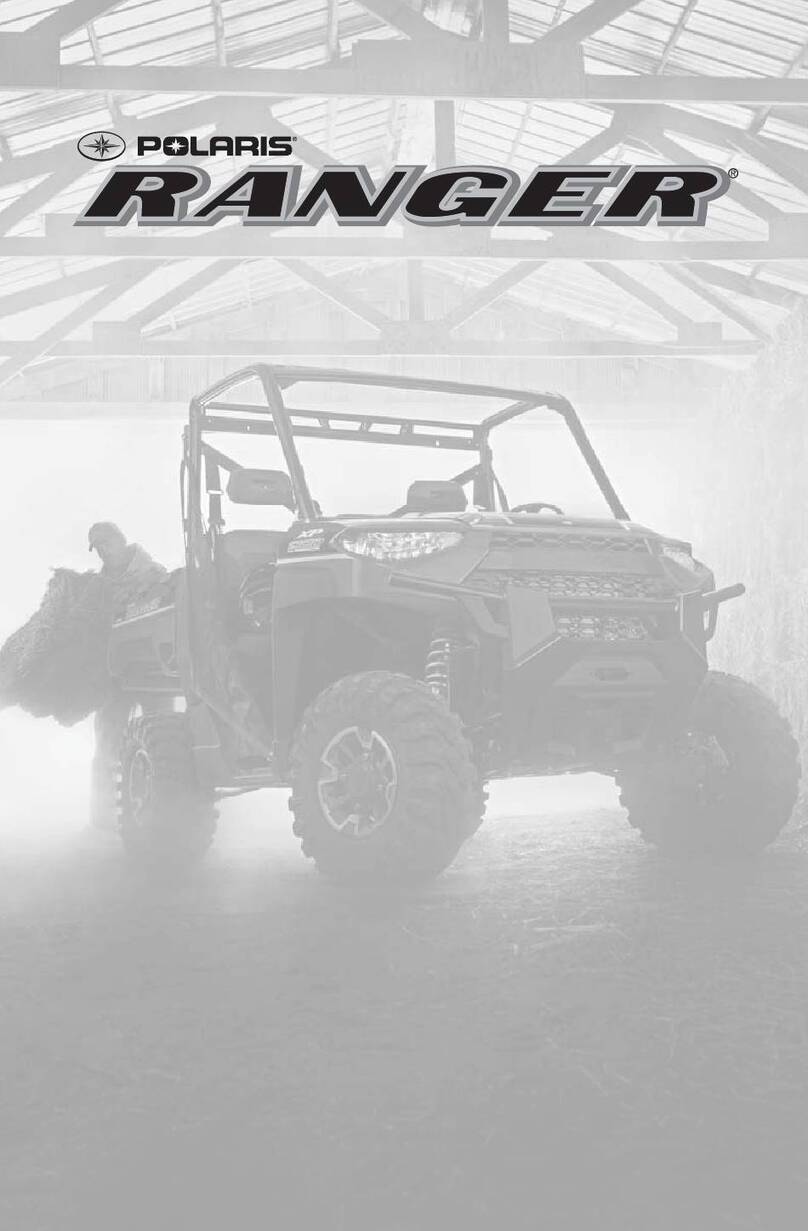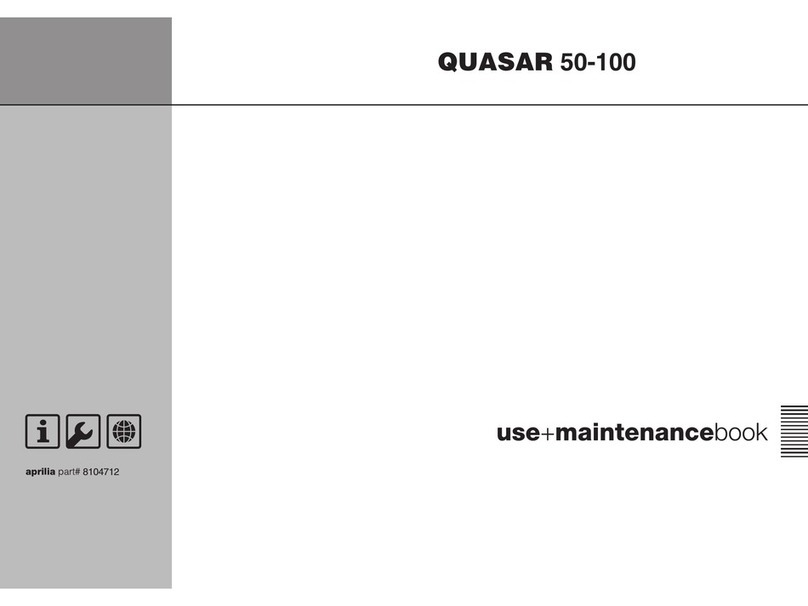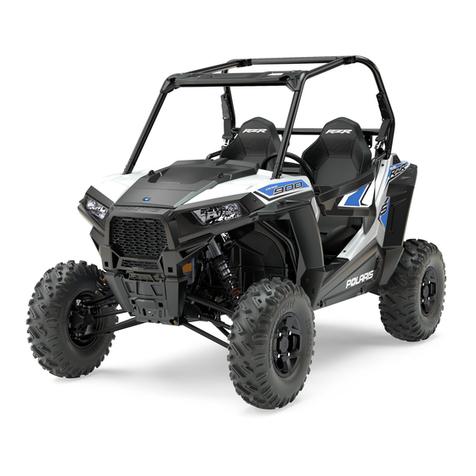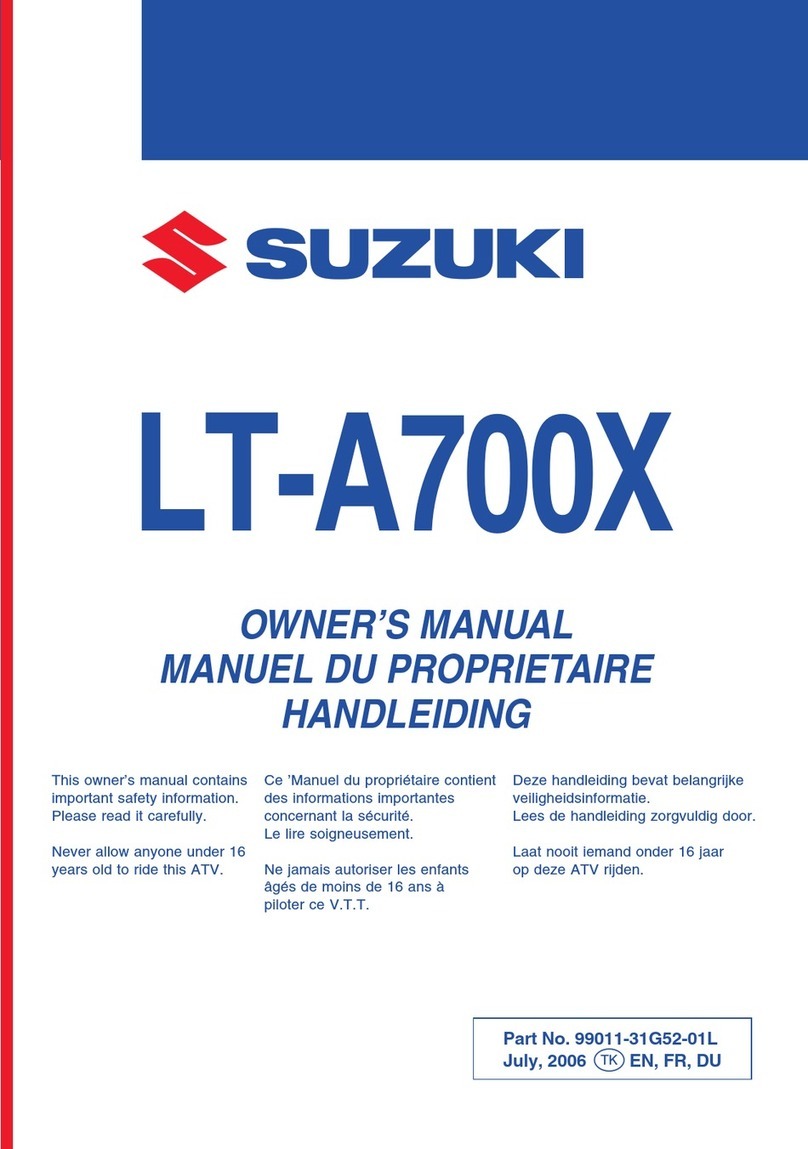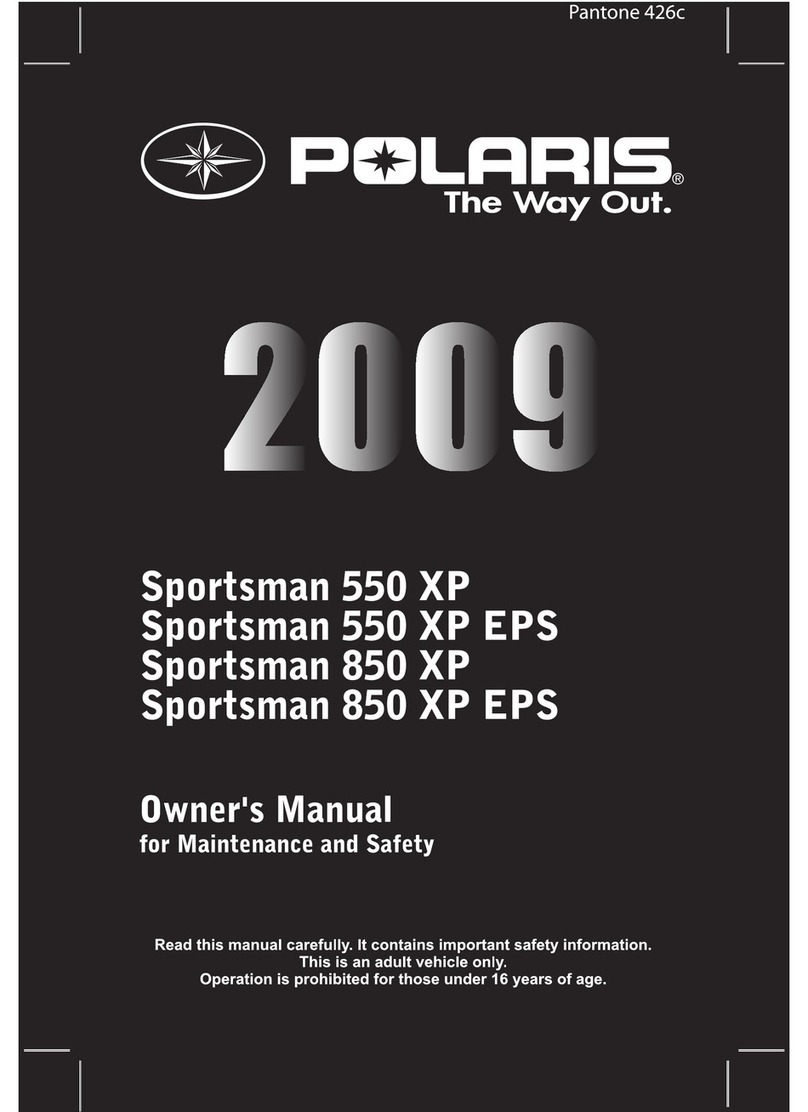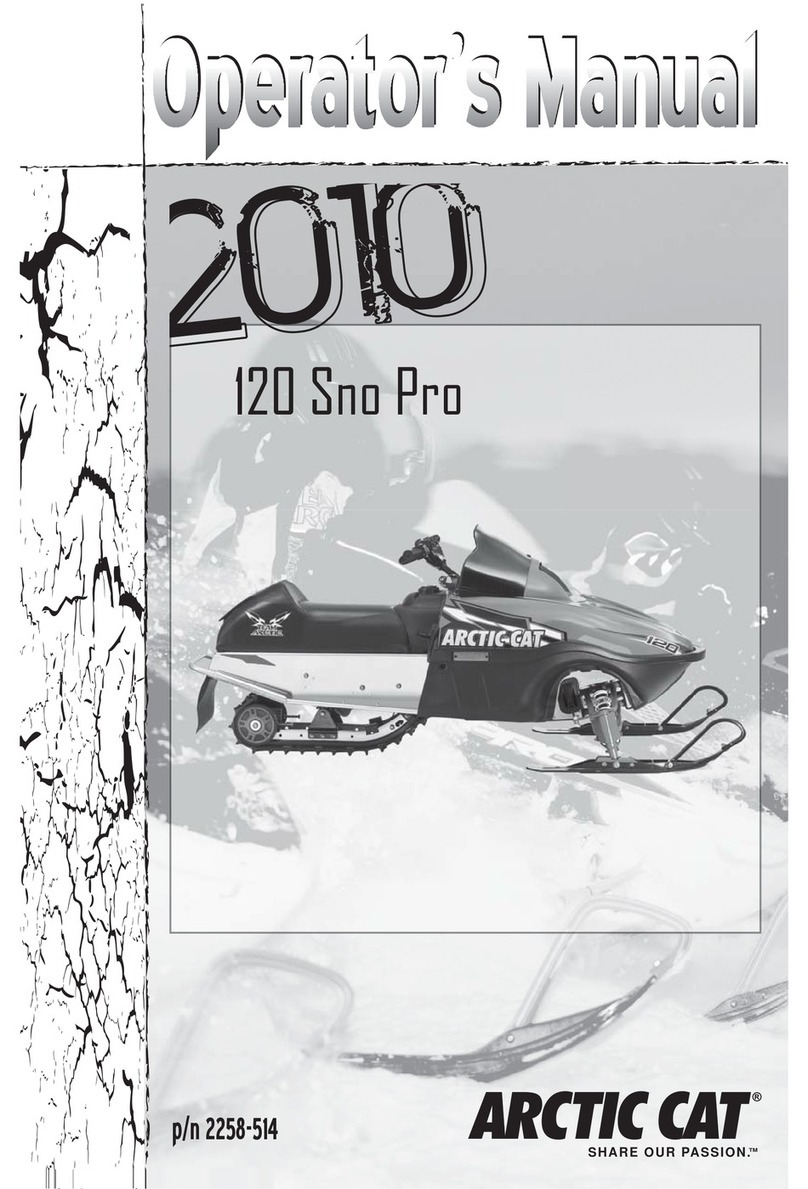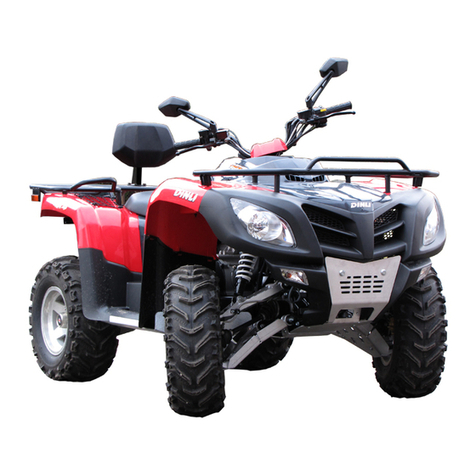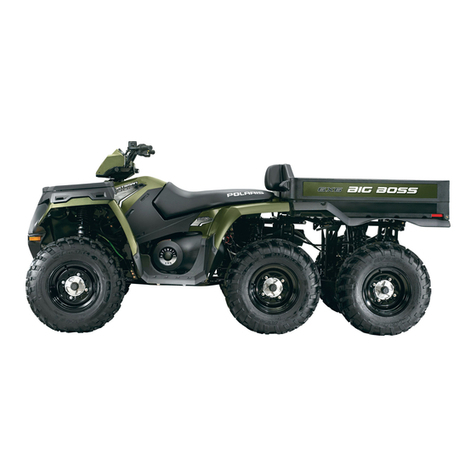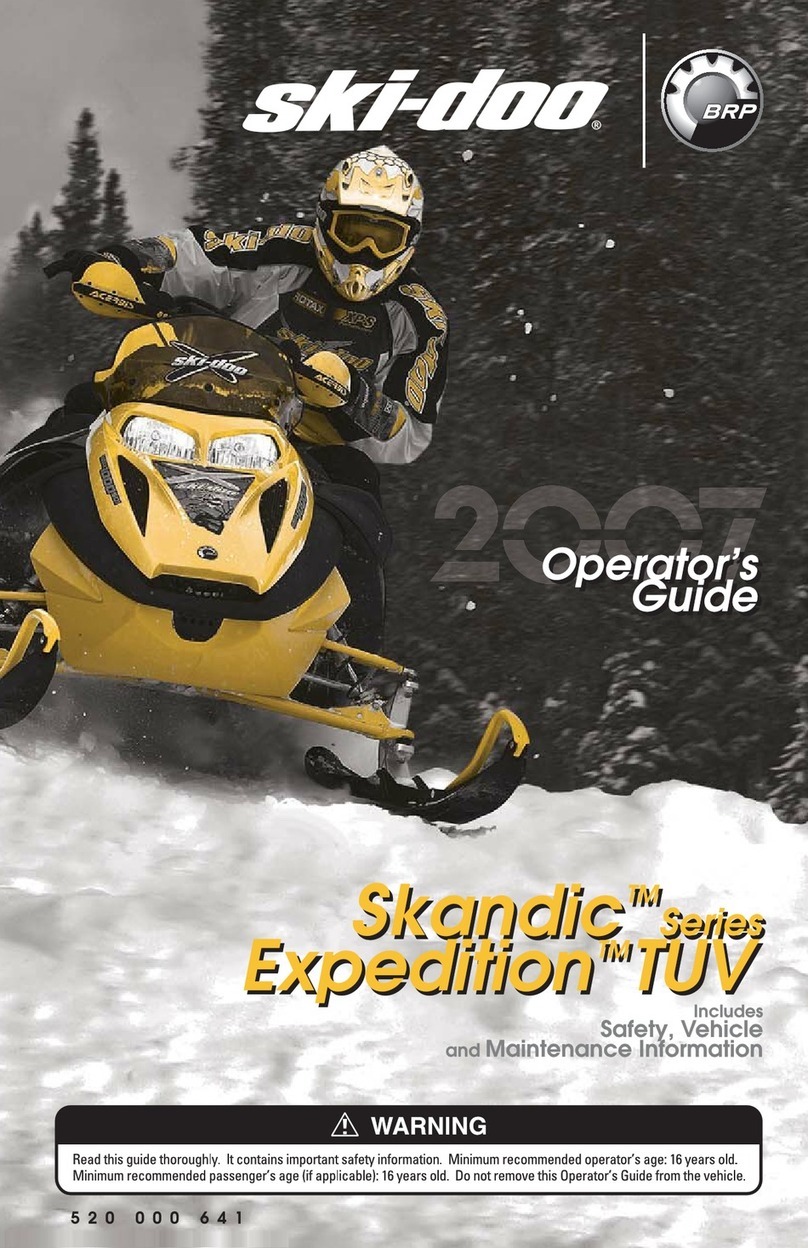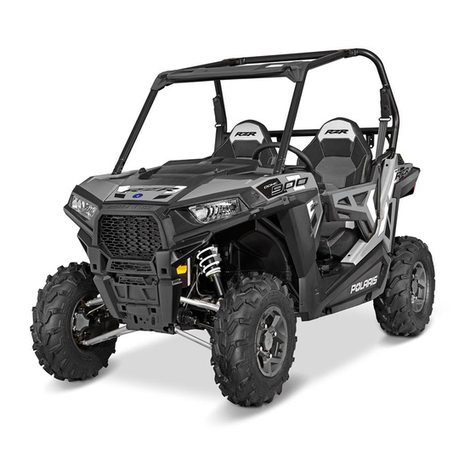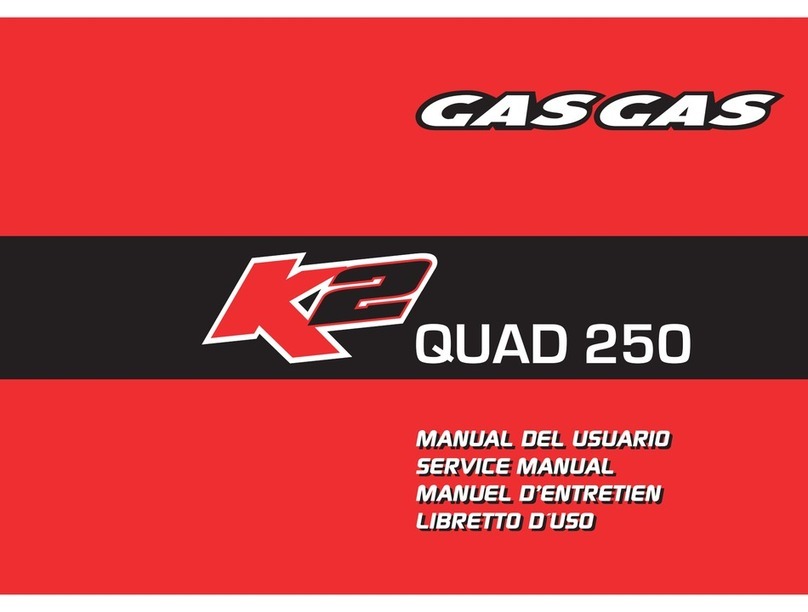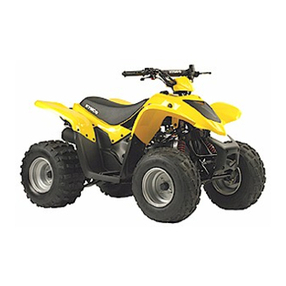
CHAPITRE 3. TRA
IN
D'ENTRAINEMENT
3-
I.
Poulie secondaire.....................................................
.......
....
..................................
..
.... .............. 75
3-1-1. Depose ...
....
............................
...........
.........
........
.....
...........
......
.......
......
...
................... 76
3-1-
2.
Nettoyage et inspection
......
...................
...........
.......
........
..
...
.
..
.......
...
............................. 77
3-1
-
3.
Montage.....................
.....
............
...........
....
...
..........
...
.................................................. 77
3
-1
-4. Installation ......................
........
.............
.....
....
....
.......................................................... .
78
3-1-5. Reglages....
................
...................................................................................................
78
3-
2.
Frein adisque....................
.......
.....
............
.......................................
.....
...........
...
........ ............ 8 I
3-
2-
I.
Depose
......
..........
..........
.............................................
..
..........
..
................................... 82
3-2-2. Nettoyage et inspection...................................... ......................... ................................... 82
3-2-3. Installation ..
..................
.................
.......
................................... .
...........
...... .................. 83
3-2-4. Reglages....
...............
................................................... ...............
..
....... ......................... 83
3-
3.
Arbre avant ............................................................................................................................. 84
3-3-1.
3-3-2.
3-3-3.
3-3-4.
3-3-
5.
Depose ...........
......
...............................
.....
...
.....
......
......
............. ........ .......................... 85
Demontage .........
...........
.
.......
.................
.....
............
..
................................................... 86
Nettoyage et inspection..
.........
...............................................
..
...........
.......
.................... 86
Montage.........
..............
...................................
..
..............
....
..................
..
................... .. 87
Installation ....................................................................................... ...
......
................... 87
3-4. Arbre arriere.......................
......
................................................................
...
............................ 88
3-4-1. Depose
......
...................................
...........
...... .. ......
.....
......
...........................
..
.............. 89
3-4-2. Demontage ...........
.......
..
.......
........................
....
.......
..
................
..
.....
............................ 89
3-4-3. Nettoyage et inspection ......
.....
....................................................................................... 90
3-4-4. Montage.................
.......
.............................................. ................................................. 91
3-4-
5.
Installation ......
...........
.
.........
..................
.....
....
..
...
.....
.................................................. . 91
3-5. Bogies ................
.............
..................
.........
....
...
....
.....
..
...... ..................................................... 92
3-5-
1.
Depose ........................................................................................................................ 93
3-5-2. Nettoyage et inspection .........
.......
............
...
......
..
.... ..............
..
................... .................... 93
3-5
-3
. Installation ........................................
.........
......
..
..... ............
..
....................................... 94
3-6. Chenille .....
......
...
........
...................................................... .... .................
.......
........................... 94
3-6-1.
3-6-
2.
3-6-
3.
3-6-4.
Depose ........................................
............
..
...
..
..
.......
...
.......
..
......
..
....
............................ 94
Nettoyage et inspection.....................
.......
....
...
...............
...
..
................
....
............ ......... .. 94
Installation ................
......
......................................................................
...
.................... 95
Reglage.......................
.......
....................
...
................................
..
......
..
......................... 95
3-
7.
Boitier de chaine .... ........................................
...
......
..
......
...
.......
.............. ................................. 97
3-7-1. Depose ..................................................................... ....
..
..................
...
........................ 98
3-7-2. Demontage ....
...........
........
.....
......
............
.................................
..
.................................. 98
3-7-
3.
Nettoyage et inspection .................................... .
..
.............................
..
............................ 99
3-7-
4.
Montage....
........
........................ .....
.........
.....................................................................
IOO
3-7-5. Installation ..................................................... ....... ..............................
..
.......
................100
3-
7-
6.
Reg!
age de
Ia
chaine ..........................................................
.......
....................................I
01
CHAPITRE 4. DIRECTION (SKI)
ET
CHASSIS
4-
I.
D.irection .........
.......
..........................................
......
........................... ......................
......
..........I03
4
-1
-
I.
Depose .................................................
.......
........................................... .....................
104
4-1-
2.
Ncttoyage ct inspection ...............................................................
..
.................................
105
4-1-3. Installation .....................................
...
...........................................................................
105
4-1-4. Reglage ..................
......
........................................... ....
.........
................... ..................... 106
4-
2.
Ski
....
.....
.....
......
...
...
....
..
...
.....
..
.......
...
....
.
...
........
.....
.
...
....
..
....
...
.
...
.....
....
...... ..
...
..
......
................ I07
4-2-
1.
Depose .....
.........
.
..........
............
.............
.................................
..
.............
.....
.................
108
4-2-2. Ncttoyage et inspection..............
.......
.........
.....
.........................
...
............. ......................
10
8
4-2-3. Installation ..................................
.......
.....
....
.
......
........................
..
...
............................. 109
4-2-4. Reglage...
......
................
.........
........
..
......
......
.
.....
...
................
..
................. ....................
10
9


